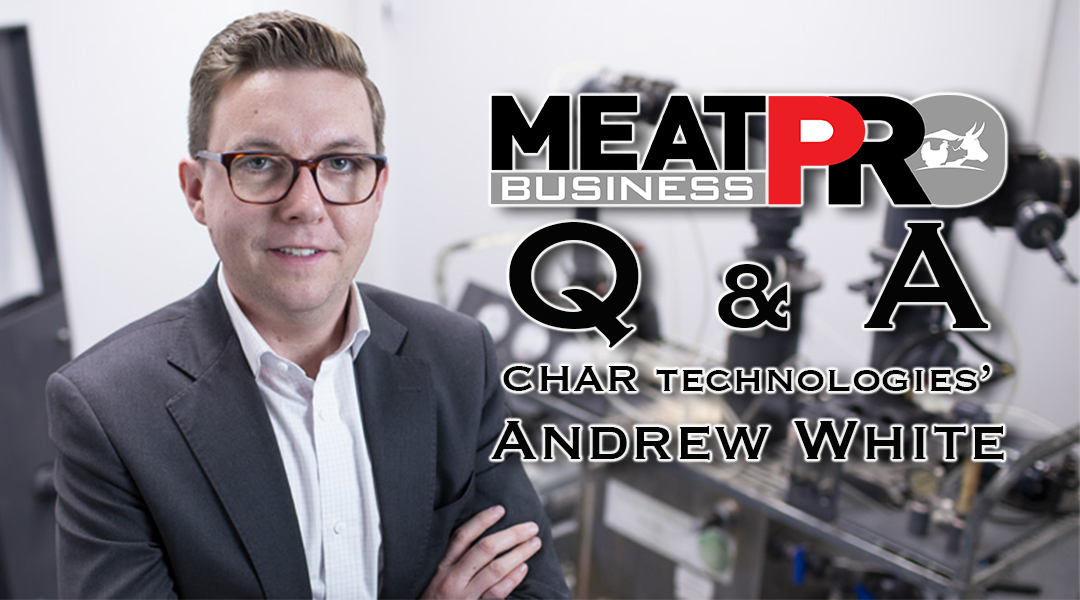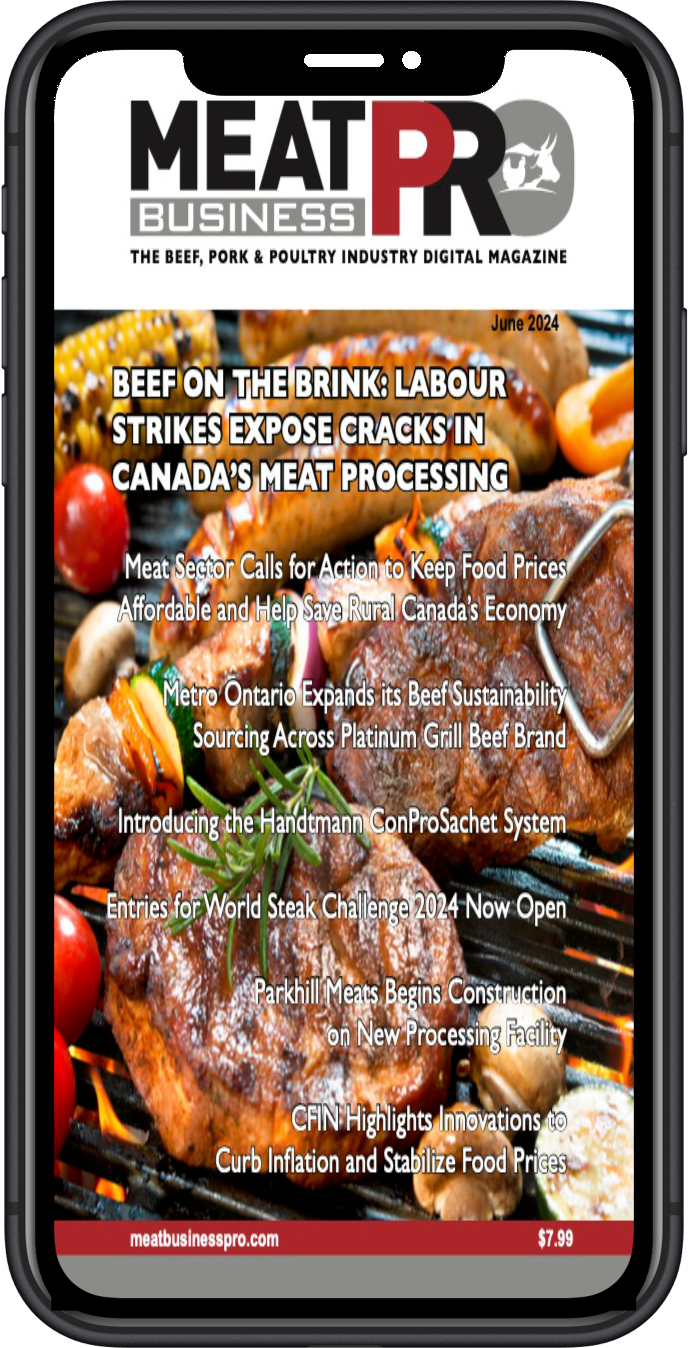Q&A with CHAR Technologies’ Andrew White

CHAR is a cleantech development and services company that has gained attention in renewable natural gas and agriculture circles with its application of High Temperature Pyrolysis (HTP) to convert low-value solid waste into renewable and value-added biocarbon products
by – a Meat Business Pro exclusive
CHAR acquired Altech, which had a background in air and water treatment solutions, and CharTech Solutions has combined the experience and expertise from Altech to apply HTP technology for waste streams generated from livestock and agricultural industries.
With the emphasis on accelerating agricultural sustainable development and Ottawa’s push to cut greenhouse gas emissions, CHAR just may have the solution the farming industry is looking for to reduce their environmental footprint while at the same time, capturing new economic opportunities in the fight against climate change.
Meat Business Pro (MBP) spoke with CHAR’s co-founder and CEO, Andrew White (AW), about this exciting science and their mission to employ innovative technology solutions to convert waste streams into renewable and valuable “green” energy.
“I think our high temperature pyrolysis technology offering is uniquely suited for the agriculture space”











